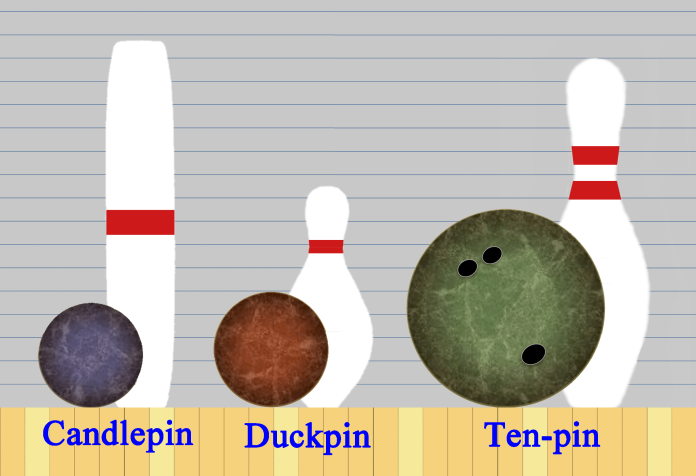Bowling is a dynamic sport that requires skill, precision, and the right gear. Whether you’re a newcomer eager to get started or a seasoned player looking to upgrade your setup, selecting the appropriate equipment can significantly impact your performance. With so many options on the market, it’s important to understand the purpose of each item and how to choose one that suits your playing style and goals. This guide will walk you through the essential factors to consider when choosing the right bowling equipment.
Understand Your Skill Level and Goals
Before making any purchases, assess your current skill level and what you aim to achieve in the sport. Beginners should prioritize comfort and ease of use, while more advanced players may focus on equipment that enhances specific techniques. Understanding your bowling goals—whether you’re playing casually with friends or aiming to join a league—will help guide your choices.
If you’re serious about investing in reliable gear, it’s best to consider products from a reputable bowling equipment manufacturer. These manufacturers often offer a wide variety of equipment tailored to different levels of experience and performance needs, ensuring that your gear matches your game.
Choosing the Right Bowling Ball
The bowling ball is the most crucial piece of equipment, and choosing the right one can greatly improve your control and accuracy. For beginners, plastic or polyester balls are ideal due to their straight-rolling nature. Intermediate and advanced players often opt for urethane or reactive resin balls, which provide more hook potential and pin action.
Weight is also a major factor. A good rule of thumb is to select a ball that’s about 10% of your body weight, up to a maximum of 16 pounds. Additionally, custom drilling to match your hand size and grip style will enhance control and comfort.
Bowling Shoes: Slide and Traction
Investing in a good pair of bowling shoes is essential, as they provide the proper balance between slide and traction. Most shoes feature a sliding sole on one foot and a braking sole on the other, which supports your delivery motion.
Beginners should choose shoes with universal soles (identical soles on both feet), while more experienced bowlers may prefer performance shoes with interchangeable soles and heels. Proper fit is important to prevent blisters and promote stability during your approach.
Wrist Supports and Gloves
Wrist supports are especially useful for those who are still learning proper form or struggle with wrist strength. These devices help maintain a consistent wrist position, promoting more accurate shots and reducing the risk of injury. Gloves, meanwhile, improve grip and control, especially if your hands sweat during play.
Bags and Storage Options
Bowling bags are more than just accessories—they’re necessary for transporting and protecting your gear. There are three main types of bags: single-ball, double-ball, and three-ball roller bags. If you’re just starting out, a single-ball bag with compartments for shoes and accessories is usually sufficient. Choose a bag with padded dividers and sturdy construction to protect your equipment.
Maintenance Tools and Cleaners
To keep your ball performing at its best, regular maintenance is key. Use microfiber towels to wipe off oil and debris between shots. For deeper cleaning, invest in a ball cleaner that removes embedded oil and dirt. Over time, oil absorption can affect your ball’s motion on the lane, so cleaning after each use is recommended.
Finger Inserts and Grip Aids
Finger inserts provide a more comfortable fit and better grip for those using drilled bowling balls. They can be customized in texture and size, and they also reduce the wear and tear on your fingers. For players who need extra help with grip consistency, tape and rosin bags can offer a simple solution.
Shoe Covers and Other Accessories
Protect the soles of your shoes from moisture and debris by using shoe covers when you’re not on the lane. Clean soles ensure consistent slides and help prevent accidents. Other useful accessories include rosin bags for added grip, slide powder to adjust foot movement, and a small towel for personal use.
Final Thoughts
Choosing the right bowling equipment is a personal process that depends on your skill level, goals, and preferences. While it might be tempting to rely solely on rental gear when starting out, investing in your own equipment can drastically enhance your performance and enjoyment of the game. Focus on quality, proper fit, and functionality when making decisions. Whether you’re gearing up for casual games or preparing for competitive play, having the right tools will set you up for success every time you hit the lanes.








